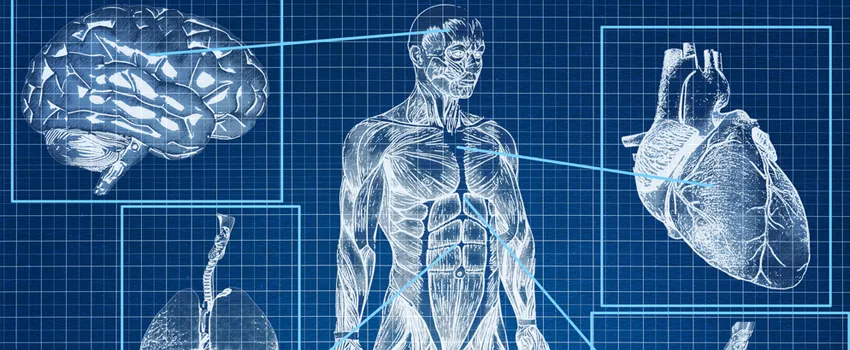
Photo by Digital Storm, Shutterstock.
Stanford Medicine Scope - August 9th, 2017 - by Erin Digitale
Thanks to better treatments, survival rates for many pediatric cancers have improved dramatically in recent decades. But the chemotherapy that saves patients’ lives can also cause long-term damage to healthy organs. Kids’ developing brains, hearts and bones are especially sensitive to the toxic effects of chemo drugs.
To make it easier for physicians to detect chemotherapy’s after-effects, which may take months or years to cause symptoms, a team of Stanford radiologists tested a method for assessing brain, heart and bone problems in a single scan. Some after-effects of cancer can be slowed or stopped if they’re caught early, but the scans required to see them are complex and expensive. The researchers, led by pediatric radiologist Heike Daldrup-Link, MD, wanted to find an efficient way to detect problems while avoiding unneeded scans.
Their results, published this month in Radiology, are encouraging. The team came up with a combined scanning protocol that uses PET/MRI technology to look for after-effects of methotrexate (seen in the brain of about half of patients who get this drug), anthracycline (which causes heart problems in about half of recipients) and high-dose corticosteroids (which lead to bone and joint problems for 10 to 20 percent of patients). They scanned 10 teenagers who had received one or more of the chemo drugs, finding evidence of tissue damage in eight patients, including two who had not yet begun to show symptoms.
The combined scan took 90 minutes, making it considerably faster than evaluating patients’ bones, hearts and brains in three separate scans. Usually, these scans take 45 to 60 minutes each. The researchers also described how the scanning might be further streamlined and suggested further studies to test their ideas.
The new approach could improve patients’ health and also save health care dollars by reducing scan time and catching toxic effects of chemo before they become advanced and harder to treat.
“Earlier detection of tissue injuries may enable initiation of timely interventions and help to preserve long-term health of pediatric cancer survivors,” the researchers conclude.





